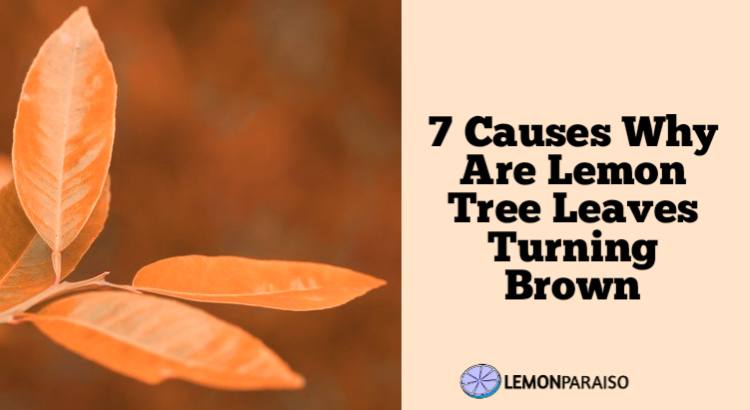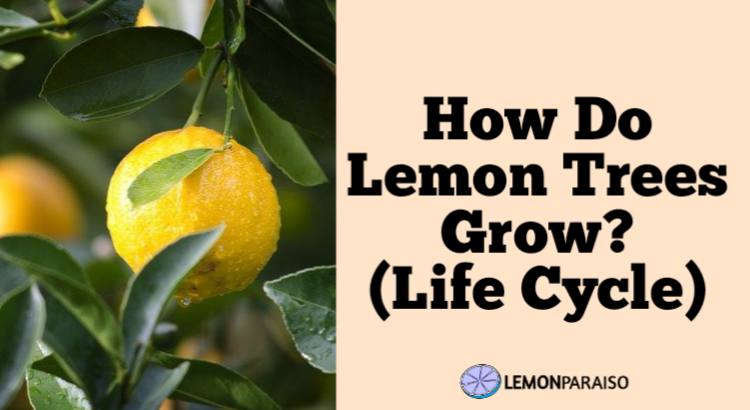Should I Remove Flowers From Lemon Tree?
The vibrant, fragrant blossoms of a lemon tree are a harbinger of the luscious fruits to come, enticing gardeners with the promise of a bountiful harvest. Yet, a common dilemma arises among citrus cultivators – should one remove flowers from a lemon tree?
The decision to prune or not is a nuanced one, with various factors influencing the health and productivity of the tree. In this article, we’ll delve into the reasons behind the decision to remove flowers from a lemon tree, exploring the potential benefits and drawbacks of this practice.
Should I Remove Flowers From Lemon Tree?
1. Energy Diversion
Pruning away lemon tree flowers is often recommended as a means to redirect the tree’s energy towards growth and development rather than fruit production. When a young lemon tree expends too much energy on producing flowers and fruit prematurely, it may compromise its overall health and structural integrity.
By removing some flowers, particularly in the early stages of growth, you encourage the tree to allocate resources to root and branch development, fostering a stronger foundation for future fruit-bearing.
2. Thinning for Quality
One compelling reason to remove flowers from a lemon tree is to enhance the quality of the remaining fruit. Overabundant blossoms can lead to overcrowded branches, resulting in small, subpar fruits.
Thinning the flowers ensures that the remaining fruit receives an ample share of nutrients and sunlight, promoting optimal size, flavor, and juiciness. While it may feel counterintuitive to discard potential fruits, the outcome is often a more robust and flavorful harvest.
3. Biennial Bearing
Lemon trees, like many fruit-bearing plants, have a tendency for biennial bearing – a cycle where they produce a heavy crop one year, followed by a lighter yield the next. This can be attributed to the depletion of the tree’s energy reserves during the abundant fruiting year.
Pruning away some flowers during the heavy crop year may help break this cycle by reducing the overall fruit load, encouraging a more consistent yearly yield and preventing exhaustion.
4. Pest and Disease Prevention
An overcrowded canopy of flowers and fruit can create a haven for pests and diseases. Removing excess flowers aids in proper air circulation and sunlight penetration, mitigating conditions conducive to the development of pathogens.
Additionally, thinning the flowers reduces the competition for resources among the fruits, making the tree less susceptible to pest infestations that thrive in crowded environments.
5. Stress Mitigation in Young Trees
Young lemon trees may face stress if they attempt to produce an abundance of fruit too early in their development. This stress can hinder their overall growth and resilience.
Pruning away excess flowers in the early years allows the tree to focus on establishing a robust root system and a sturdy framework, setting the stage for a healthier and more productive mature tree.
6. Environmental Factors
Unpredictable weather conditions, such as late spring frosts, can pose a threat to developing lemon blossoms. In regions where late frosts are a concern, removing flowers can serve as a protective measure.
This ensures that the tree channels its energy into producing new blooms after the threat of frost has passed, preventing potential damage to the developing fruit.
7. Improved Aesthetics
Beyond the practical considerations, the aesthetic appeal of a well-manicured lemon tree is undeniable. Regularly removing excess flowers helps maintain a tidy and visually pleasing appearance.
This not only enhances the overall garden or orchard aesthetic but also facilitates easier maintenance and monitoring of the tree’s health.
8. Fruit Load Management
Lemon trees may sometimes produce an excessive number of fruits, surpassing the tree’s capacity to support them adequately. This can lead to branches breaking under the weight or an overall decline in fruit quality.
Pruning away some flowers helps manage the fruit load, preventing such issues and ensuring that the remaining fruits reach their full potential.
9. Encouraging New Growth
Pruning away flowers strategically can stimulate the growth of new shoots and branches. This is particularly beneficial for rejuvenating older lemon trees that may be showing signs of decline.
By selectively removing flowers, you can prompt the tree to focus on producing new, vigorous growth, rejuvenating its structure and potentially extending its productive lifespan.
10. Cultural Practices and Personal Preferences
The decision to remove flowers from a lemon tree can also be influenced by cultural practices and personal preferences. Some gardeners may adhere to specific traditions or recommendations based on their local climate, soil conditions, or gardening philosophy.
Others may have personal preferences for the size or flavor of lemons, leading them to adopt specific pruning practices to achieve their desired outcomes.
Conclusion:
In the perennial debate of whether to remove flowers from a lemon tree, the answer lies in a careful consideration of the tree’s age, health, environmental factors, and the gardener’s goals. Pruning can be a powerful tool for shaping the growth and productivity of lemon trees, but it should be approached judiciously, keeping in mind the delicate balance between encouraging fruitful abundance and ensuring the long-term vitality of the tree. Ultimately, the decision to prune or not is a nuanced one, and understanding the reasons behind this practice equips gardeners with the knowledge needed to cultivate thriving lemon trees and enjoy a citrus harvest to savor.


